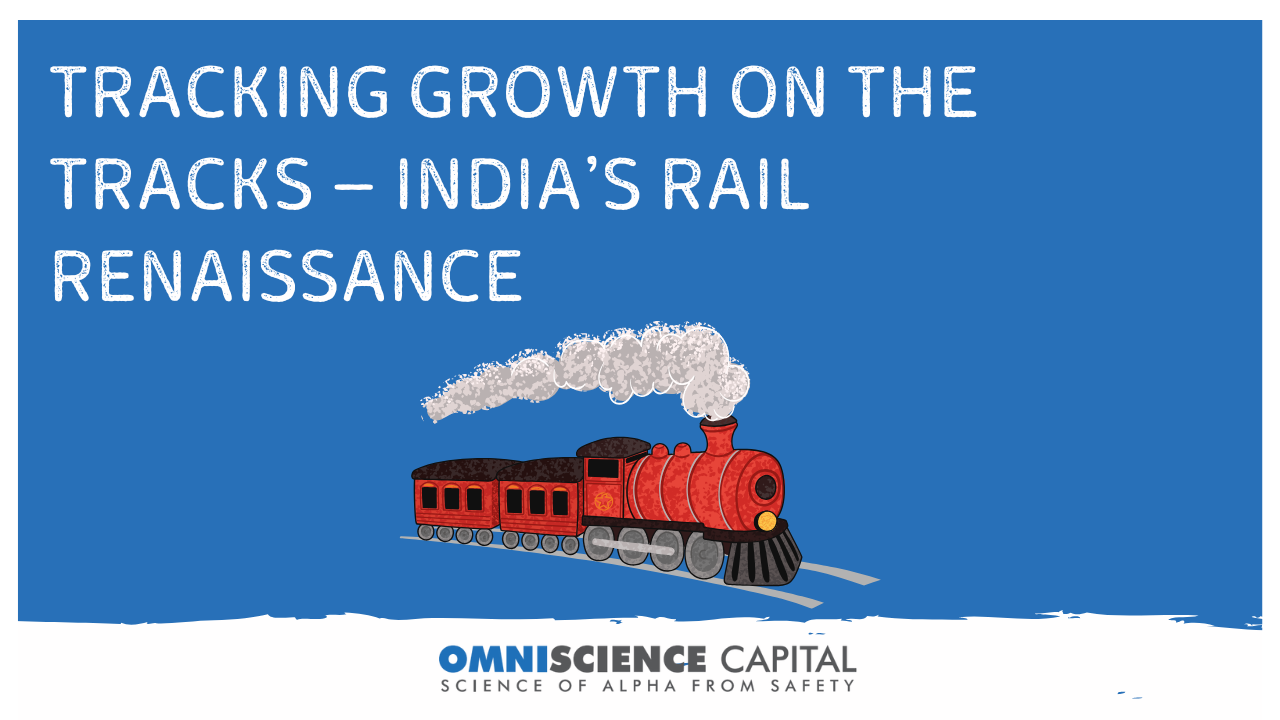From Bureaucracy to Balance Sheet-Driven Engine
Over the last decade, Indian Railways has been quietly shifting gears. What was once seen as a lumbering state utility is now evolving into a high-throughput, revenue-generating logistics and passenger movement engine — with a balance sheet to match.
Revenue Engines
From the Union Budget data:
• Passenger Services are on fire — 5-year CAGR of 18.8%. Even the 3-year CAGR is a healthy 13.5%, a clear sign of demand resurgence post-COVID.
• Freight Services have been slower, with a 5-year CAGR of just 5.9%, weighed down by competition from road and ports.
• Net-net, Total Revenue Receipts grew at 9.6% CAGR over 5 years — driven more by volume and pricing in passenger services than freight.
Capex Priorities
FY25 Budget Estimates give us insight into where the money’s going:
• Rolling Stock (₹58,852 Cr, 22%) – More trains, better coaches = higher capacity & comfort = more passengers.
• New Lines (₹31,459 Cr, 11.9%) – Expanding coverage = unlocking new economic zones.
• Track Doubling (₹31,032 Cr, 11.7%) – Cuts congestion. Improves on-time performance, especially for freight.
• Track Renewals (₹22,669 Cr, 8.5%) – Safety investments. Zero-tolerance approach to derailments.
• Investments in JVs, SPVs (₹27,571 Cr, 10.4%) – Capital-light expansion with states and private partners.
Why It Matters
• Operating leverage – as asset use improves, margins scale.
• Capex multiplier – every ₹1 in infra spend spurs demand in steel, cement, engineering.
Indian Railways isn’t just a ministry. It’s becoming a macro play on India’s industrial and consumption story — on tracks.
